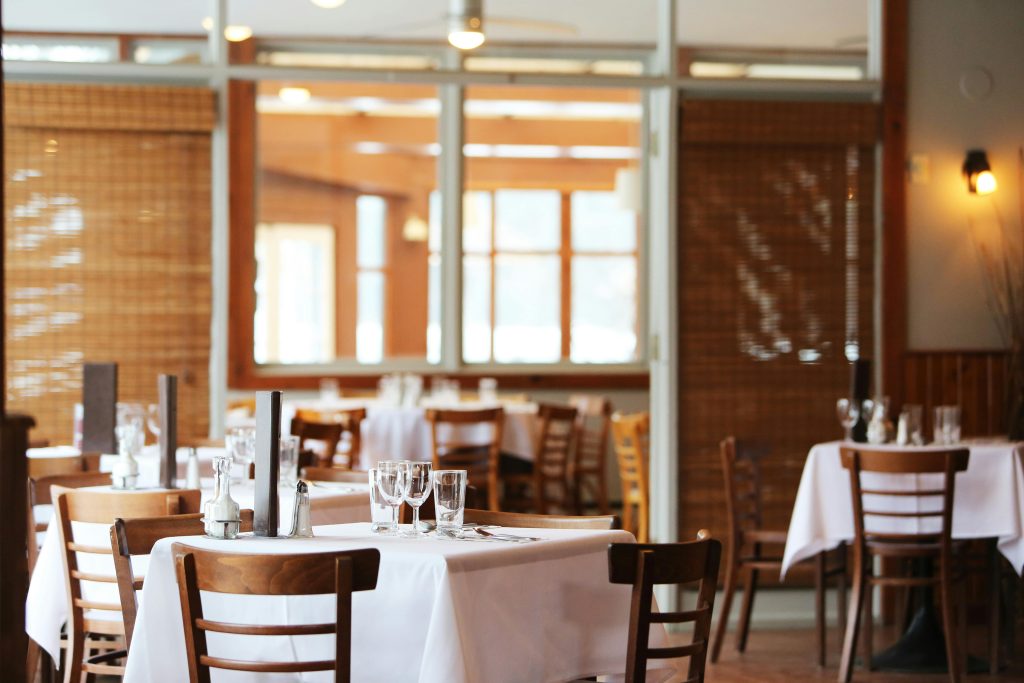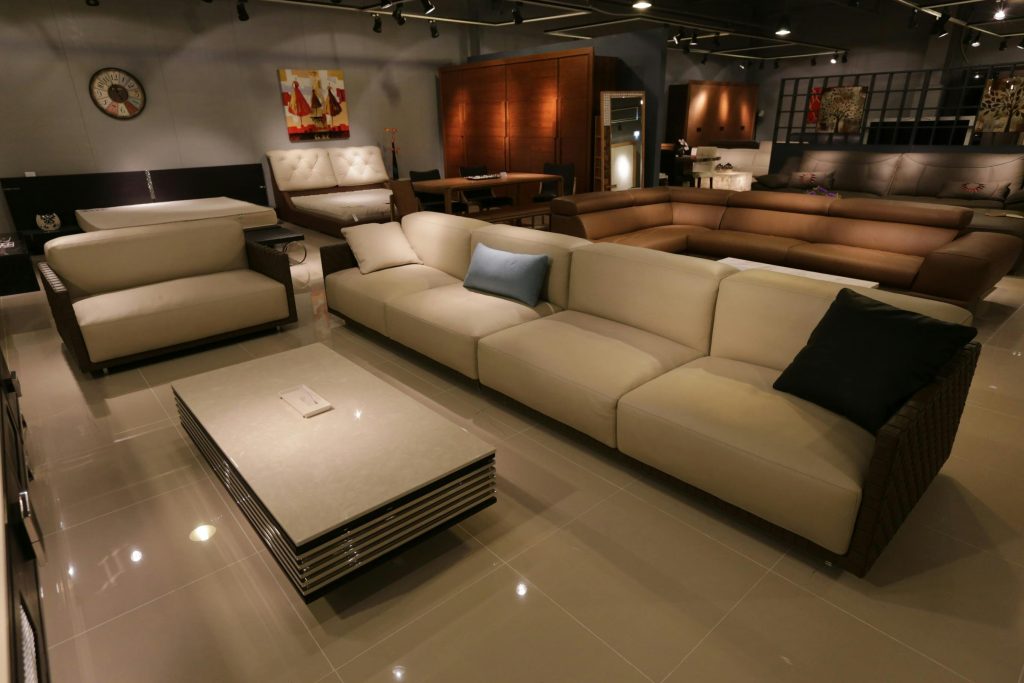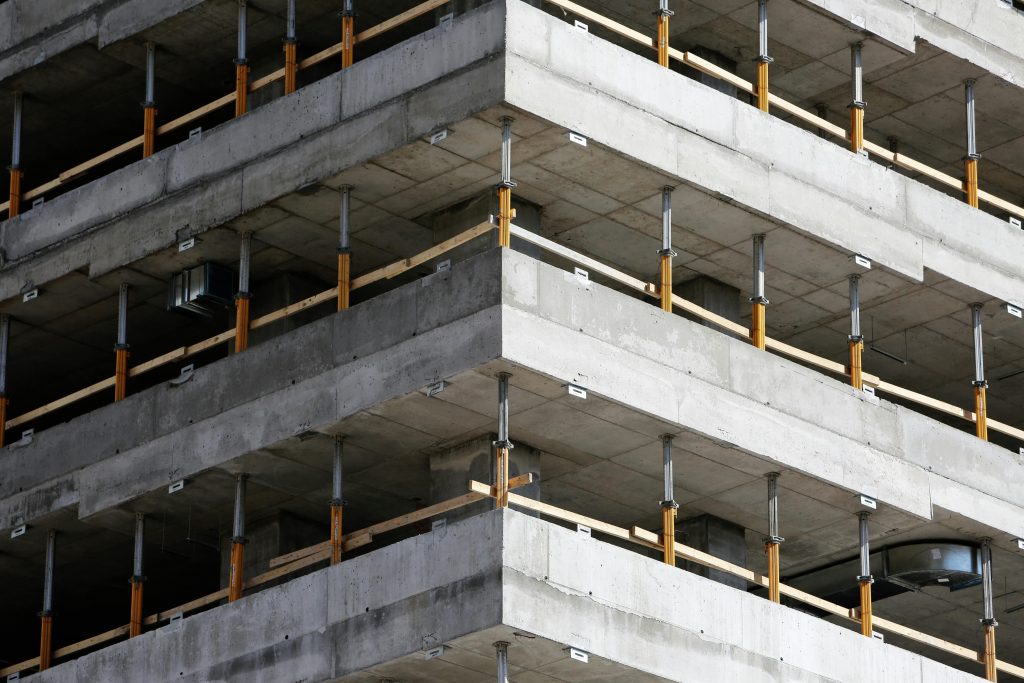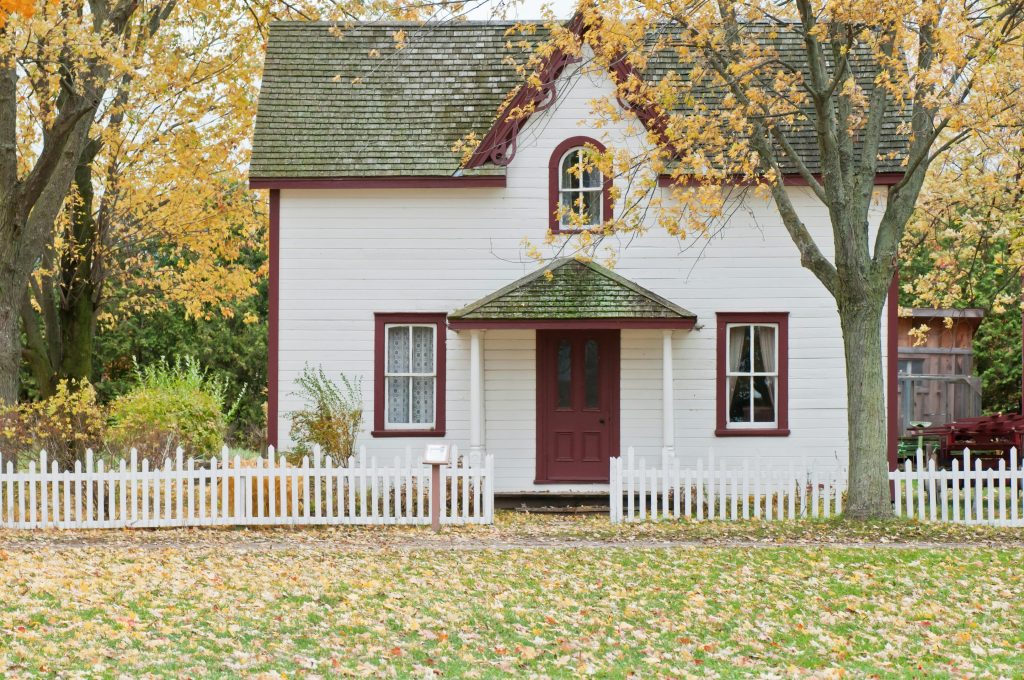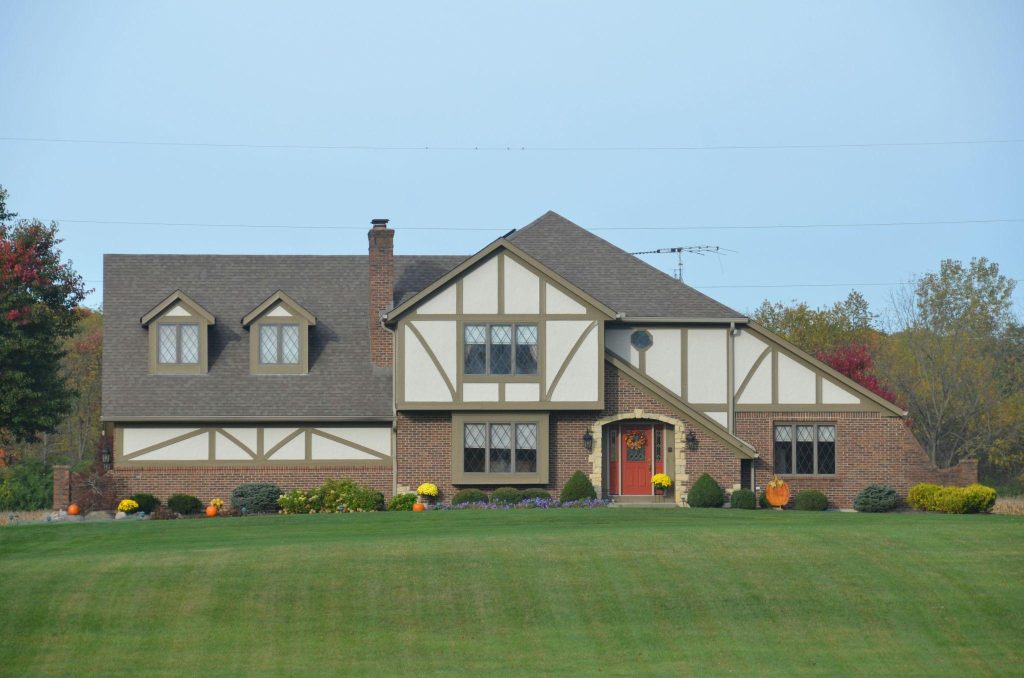First impressions matter in restaurants. From the moment guests walk in, every element—from lighting to table settings—shapes their experience. Among these crucial touchpoints, menus often receive less attention than they deserve. Yet these simple objects communicate your restaurant’s personality before the first dish arrives.
Wooden menus stand out in a world of plastic-laminated cards and flimsy paper lists. These tangible, natural alternatives have steadily gained popularity in restaurants for good reason. They blend practicality with character—giving establishments a distinctive way to showcase their dishes while subtly communicating environmental values. Many restaurants now enhance these menus with a wooden QR code, creating a perfect marriage of old-world craftsmanship and modern convenience that guests immediately notice.
Going Green: The Environmental Case for Wooden Menus
Restaurant owners increasingly recognize that today’s diners care about sustainability. Eco-friendly dining solutions aren’t just trends—they’re becoming expectations. Wooden restaurant menus address this concern naturally:
- Renewable source: Well-managed forests provide wood while maintaining ecological balance
- Natural life cycle: Unlike plastic menus that linger in landfills for decades, wood returns to the earth
- Carbon benefits: Trees capture carbon dioxide throughout their growth, and wooden products continue storing it
- Lower processing impact: Wood requires less energy-intensive manufacturing than synthetic alternatives
A Japanese restaurant in Portland switched to cherry wood menus and reduced menu replacement waste by 87% in the first year alone. The owner reported that customers frequently commented on the menus—something that never happened with their previous plastic-coated versions.
For restaurants that emphasize local sourcing or environmental values, wooden menus create consistency between messaging and physical experience. This authentic alignment resonates with guests who increasingly choose restaurants based on values rather than just food quality.
Built to Last: Why Durability Matters
Restaurant environments test every material. Spills happen. Menus get dropped, stuffed into bags, and handled by countless people. Paper menus quickly show wear, while even laminated options develop cracks and peeling edges.
Wooden menus thrive under these conditions:
- They resist tears and bending that plague paper
- Quality-sealed wood handles moisture without warping
- Their natural weight prevents them from blowing away on outdoor patios
- Properly treated surfaces can be sanitized between uses
- Their sturdiness communicates quality to guests
The chef-owner of a busy bistro in Chicago switched to maple wooden menus three years ago. “We were replacing laminated menus every four months,” she notes. “Our wooden ones look even better now than when we bought them—they’ve developed this gorgeous patina that actually enhances our rustic vibe.”
The math makes sense: replacing paper menus weekly or laminated versions several times yearly costs more than investing once in quality wooden menus that last for years.

The Sensory Experience: How Wooden Menus Enhance Dining
Dining engages all senses. The weight of a fork, the texture of a napkin, the sound of conversation—these elements create atmosphere as much as décor does. Wooden menus contribute to this sensory landscape in ways plastic or digital alternatives simply cannot:
- The satisfying heft in hand signals quality
- Natural texture creates tactile interest
- Subtle wood scent complements culinary aromas
- Warm appearance enhances candlelight or soft lighting
- Each piece carries unique grain patterns, making every menu slightly different
A fine dining establishment in Seattle incorporated reclaimed oak into its wooden menu design, specifically to complement its focus on Pacific Northwest ingredients. “The menus become conversation starters,” explains the creative director. They help guests feel connected to our values before they even order.”
For restaurants seeking to create memorable experiences, these subtle sensory cues make profound impressions.
Custom Wooden Menus: Designing Your Restaurant’s Signature
The beauty of wooden materials lies in their versatility. From pale maple to rich walnut, wood offers endless design possibilities:
- Wood selection: Each species brings a distinct personality—birch for brightness, cherry for warmth, walnut for sophistication
- Edge treatments: Live edges for rustic feel, precision cuts for modern aesthetics
- Surface techniques: Burned finishes, hand-rubbed oils, matte or glossy varnishes
- Presentation styles: Book style with hinges, clipboard approach, single board designs
- Integration options: Metal corners for protection, leather straps for hanging
A tapas restaurant in Austin created conversation by using different wood species for different menu sections—light maple for appetizers, medium cherry for mains, and dark walnut for desserts and drinks. This visual coding helped servers explain the menu concept while reinforcing their brand identity.
For multi-location restaurants, custom wooden menus provide consistency while allowing for personality. Each location can use the same wood and design elements while incorporating subtle variations that reflect local character.
Modern Meets Natural: Technology Integration with Wooden Menus
The pandemic accelerated QR code adoption, but many restaurants discovered that completely digital menus lacked personality. The solution? Sustainable menu options that blend digital convenience with natural materials:
- Engraved QR codes on wooden holders provide access to digital information
- Wooden boards with interchangeable printed inserts for seasonal updates
- Menu covers made from wood with interior pockets for paper updates
- Wooden stands designed specifically for tablet display
A wine bar in Portland found the perfect balance with walnut wooden menu covers featuring embedded QR codes that link to their expanded wine list. “Guests appreciate having the core offerings in physical form,” explains the sommelier, “but wine enthusiasts love accessing our complete cellar listings digitally.”
This marriage of tradition and technology offers the best aspects of both worlds—tangible experience with digital flexibility.
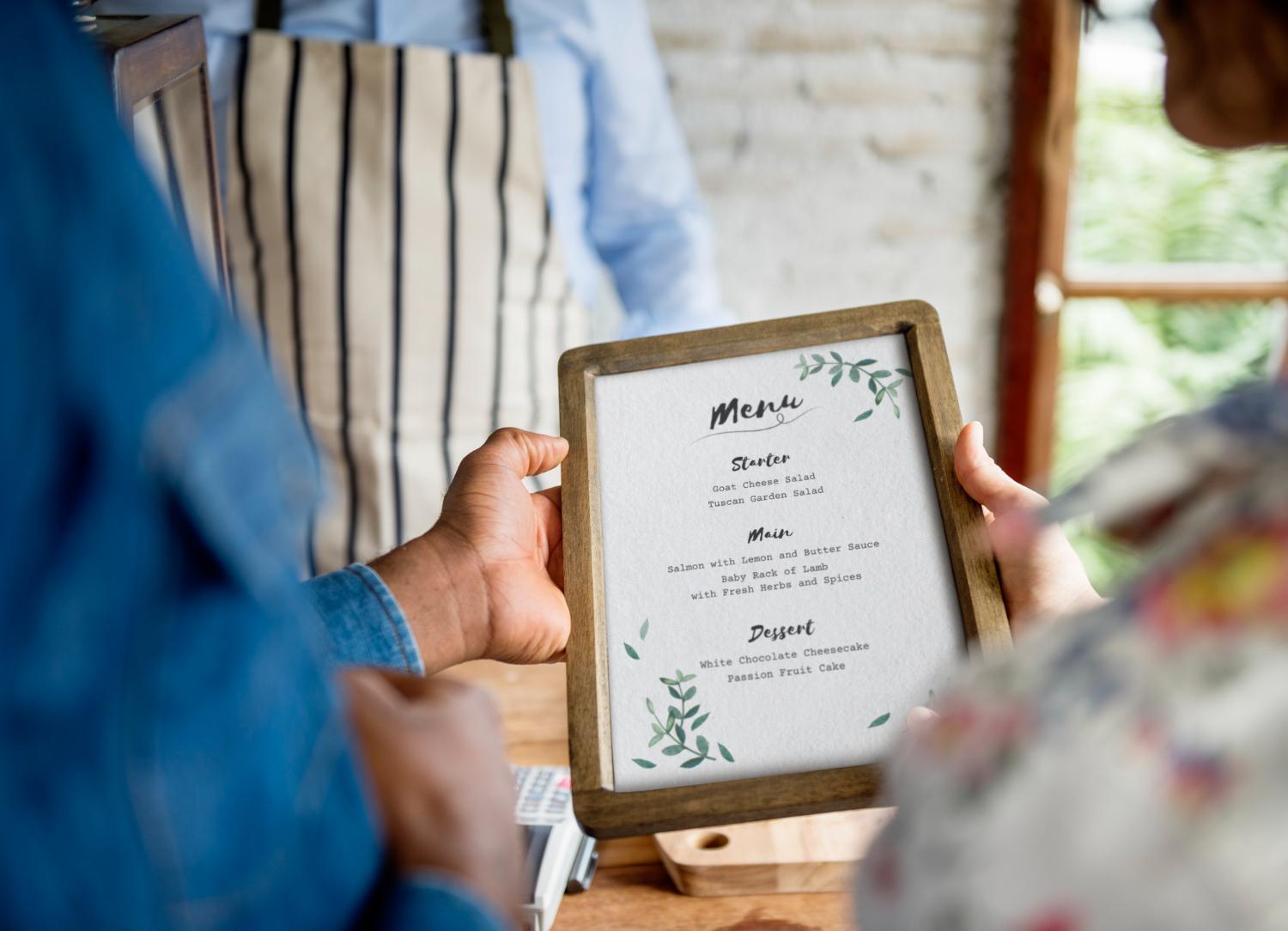
The Investment Case: Why Wooden Menus Make Financial Sense
Quality rarely comes cheap initially. Premium wooden restaurant menus require greater upfront investment than paper alternatives. However, smart restaurant owners calculate total costs differently:
- Longevity: Quality wood menus typically last 5-10 years versus weeks (paper) or months (laminated)
- Impression value: Distinctive menus contribute to memorable dining experiences, potentially increasing return visits
- Waste reduction: Less frequent replacement means reduced ordering, shipping, and disposal costs
- Staff time: Employees spend less time replacing damaged menus
- Brand reinforcement: Every touchpoint that strengthens brand identity delivers ongoing marketing value
A Dallas steakhouse owner calculated that their wooden menus paid for themselves within 11 months compared to their previous laminated versions. “Beyond the direct savings,” he notes, “our servers report that guests frequently comment on the menus’ quality. That kind of brand reinforcement is priceless.”
Eco-Friendly Dining Solutions: Beyond Menus
Forward-thinking restaurants integrate wooden materials beyond just menus:
- Check presenters and bill folders
- Table number displays
- Wine lists and drink menus
- Special displays at host stations
- Server ordering pads
This consistency creates a coherent experience while amplifying environmental benefits. By replacing multiple plastic products with natural alternatives, restaurants significantly reduce their petrochemical footprint.
A farm-to-table restaurant in Vermont incorporated wooden menus as part of a complete material redesign, replacing plastic with wood across all customer touchpoints. Their sustainability director reports that these changes prevented approximately 430 pounds of plastic from entering the waste stream annually.
The Natural Advantage
In an industry built on details, wooden restaurant menus offer a rare combination of practical benefits, aesthetic appeal, and environmental responsibility. They transform an everyday object into a distinctive brand element while communicating care for both craft and the planet.
Whether your restaurant embraces rustic charm, sleek modernism, or something unique, custom wooden menus provide a canvas for expressing personality while demonstrating a commitment to quality, in an age where digital dominates, the natural warmth of wood creates meaningful connections with guests seeking authentic experiences.
For restaurants looking to elevate their dining presentation while reducing environmental impact, wooden menus represent an investment in both guest experience and planetary health—a rare win-win in the challenging world of restaurant operations.


